The Blooming North!
A mango tree’s flowers signal potential for #MuchosMangoes
Flowers have been on my mind this week, thanks to the flourishing displays at my local farmers market here in Northern California. I picked up tulips and peonies—flowers just make me happy. The same kind of happiness a mango orchard in full bloom brings, which is happening right now across Mexico. The northern orchards are bursting with blossoms, joining the last blooms of the southern regions.
At this moment, beautiful mango flowers blanket most of Mexico. As we continue picking and packing and entering into peak southern season—there’s a sense of promise in the air. That’s what I love about mango blossoms: their abundance signals great possibilities. Even though less than 1% of all blooms actually form fruit, the sheer beauty of their arrival fills and part of the season with anticipation.
But since no one ever knows which blooms will become fruit—or how many—the sheer abundance of blossoms creates an illusion of sweet hope. Each delicate flower holds the potential to become a luscious, juicy mango. And when millions upon millions of dazzling mango flowers burst from the trees like golden fireworks, how can you not feel hopeful?
The southern regions have only a dusting of some late producing orchards currently at the end of blooming. Nayarit and other surrounding regions are in full bloom and the setting stage. Sinaloa has just begun to show its flowers. In each region several different varietals grow (up to 11 in Sinaloa) and each of the varietals blooms at different points in the season – Ataulfos for instance are early bloomers (early-season producers) while Keitts are late bloomers (late-season producers). The others (like Kents which everyone is excited for) all fall in-between (mid-season producers), adding to the mosaic of bloomage up and down Mexico’s Pacific Rim. Once the trees bloom and are pollinated, a tiny fraction of the blooms, seemingly randomly selected, sets into fruit and matures anywhere from 100 to 150 days later (about 4 months).
Mango Flowers (Birds & The Bees)
Before we get into pollination, I think it’s important that I give a little insight into the biology of a mango flower – or what I like to call “its xxx parts.” The tree produces large clusters of flowers at the ends of the branches, called panicles. These clusters are about 16 inches long with deep crimson “stems” and tiny off white or pale-yellow flowers. They smell mildly fragrant and sweet. It takes about 2 weeks for a little mango bud to turn into a flower. It can take several weeks for a bud to develop. The flowers open over a period of a few days and the full bloom period (defined by the blooms being fully opened) lasts only a few more days.
Mango trees produce flowers that are both male and female, making them monecious (which means they can self-pollinate and cross-pollinate). Depending on variety and region, each tree has a certain percentage of male flowers while the rest are hermaphroditic (male and female). Most trees average about a quarter of all flowers being male. Most varieties flower once per season over an extended period of time (typically yielding on an ongoing timing of mature fruit) during or near the end of winter or the cold season. “Cold” nights and dry weather are optimal conditions for flowering. If conditions are too cold, the flowers die. Too much wind or rain? They fall off. A certain number of blooms, approximately 99%, are typically aborted by the tree regardless of weather. If the weather is not ideal, the trees can start early or late with the blooming process.
Pollination
In order for us to indulge in the tropical sweet flavor and texture of a good mango, pollen first needs to be made and the flowers need to be pollinated. The process of pollen creation in plants is called meiosis and most of that process is very scientific and my brain has only so much capacity so I rarely go down that path. From what I can gather from my lay(wo)men understanding, the cells divide and grow in quantity. The pollen gets produced in the pollen sacs which are located on the ends of the male flowers (stamen).
Mango flowers are typically pollinated by self-pollination and cross-pollination. The “selfers” (as I learned that they are nicknamed) are pollinated by the pollen from another flower on the same tree. The “outcrossers” are the ones pollinated by the pollen from another tree.
Wind, butterflies, fruit bats, wasps, flies, beetles, ants, and a myriad of other flying and climbing creatures are the main pollinators of mangoes. Interestingly, honeybees do not love the flavor of mango pollen and are not significant pollinators.
A fun fact is that the clumps and clusters of mangoes on a tree likely point to insects as the pollinator culprit, whereas the sporadic mango hanging is likely wind pollinated.
Fruit Formation (Fruit Set)
Once the flowers are pollinated, less than 1% becomes fruit and takes on the process called fruit set. The fruit set happens after the flower opens and is pollinated and fertilized. It takes several weeks for significant development. Once the fruit has set, it becomes much easier to gauge yields for the season. Before fruit set, it’s a total guessing game.
Like the bloom stage, the fruit setting stage is highly affected by the weather. Despite the desire to bloom in the cold, the fruit setting stage prefers warmer and more consistent temperatures and dry weather. Wet, rainy weather isn’t ideal for healthy fruit development. Heavy rains can damage the fruit, deter it, or cause mold problems. Or if heavy rains occur after the fruit is pollinated, it can wash right off. A lot of quality problems occur when rains occur between fruit flowering and fruit setting stages. Fruit drop, another serious problem, occurs when rains are prevalent as the fruit is in its final setting phase. It literally just drops off the branch or shrivels up still attached.
Maturity
Once the fruit sets and sticks (as I like to call it), it basks in the sun feeding off the soils (you see why organic is important right?), growing bigger, juicier and more blush tones as the sunlight penetrates the opening between the leaves and imparts lighter and darker color splotches. There is of course a multitude of things that can go wrong during this phase of development, but this article is about mango blossoms and hope, so I’ll stop here.
I will conclude with the fact that a significant number of blooms have been setting (sticking) in all regions and so the potentiality of #MUCHOSMANGOES is very likely to continue through each Mexican region! Stay tuned for the CROP REPORT for the norther regions I will put out once the fruit has indeed set!
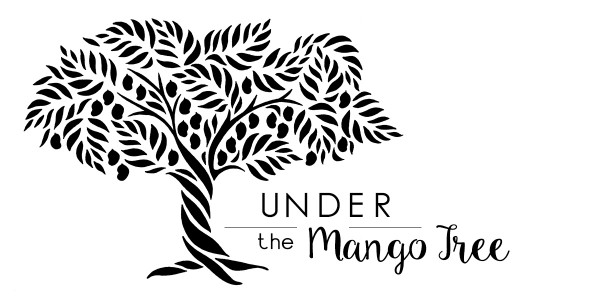
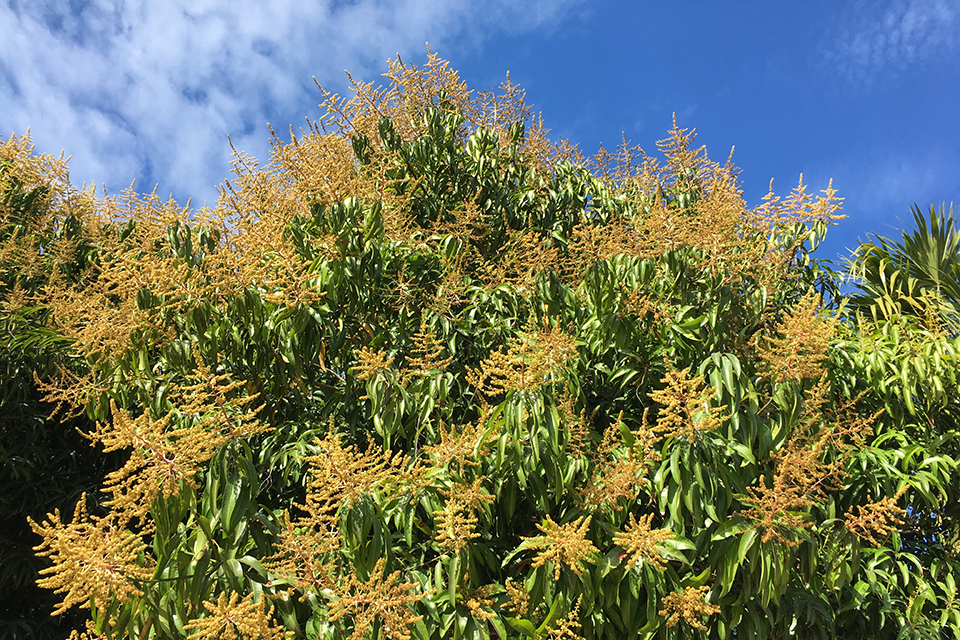
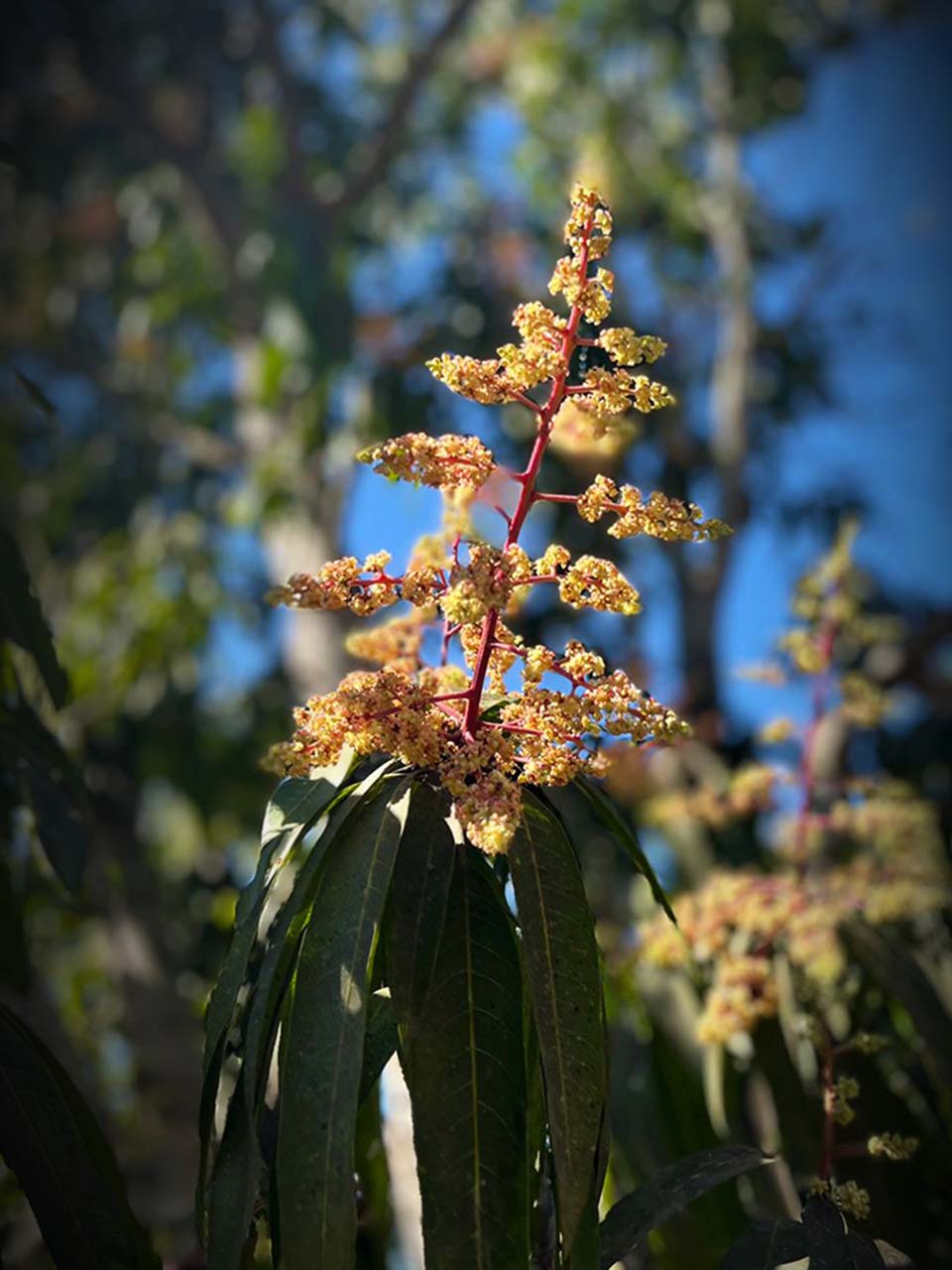
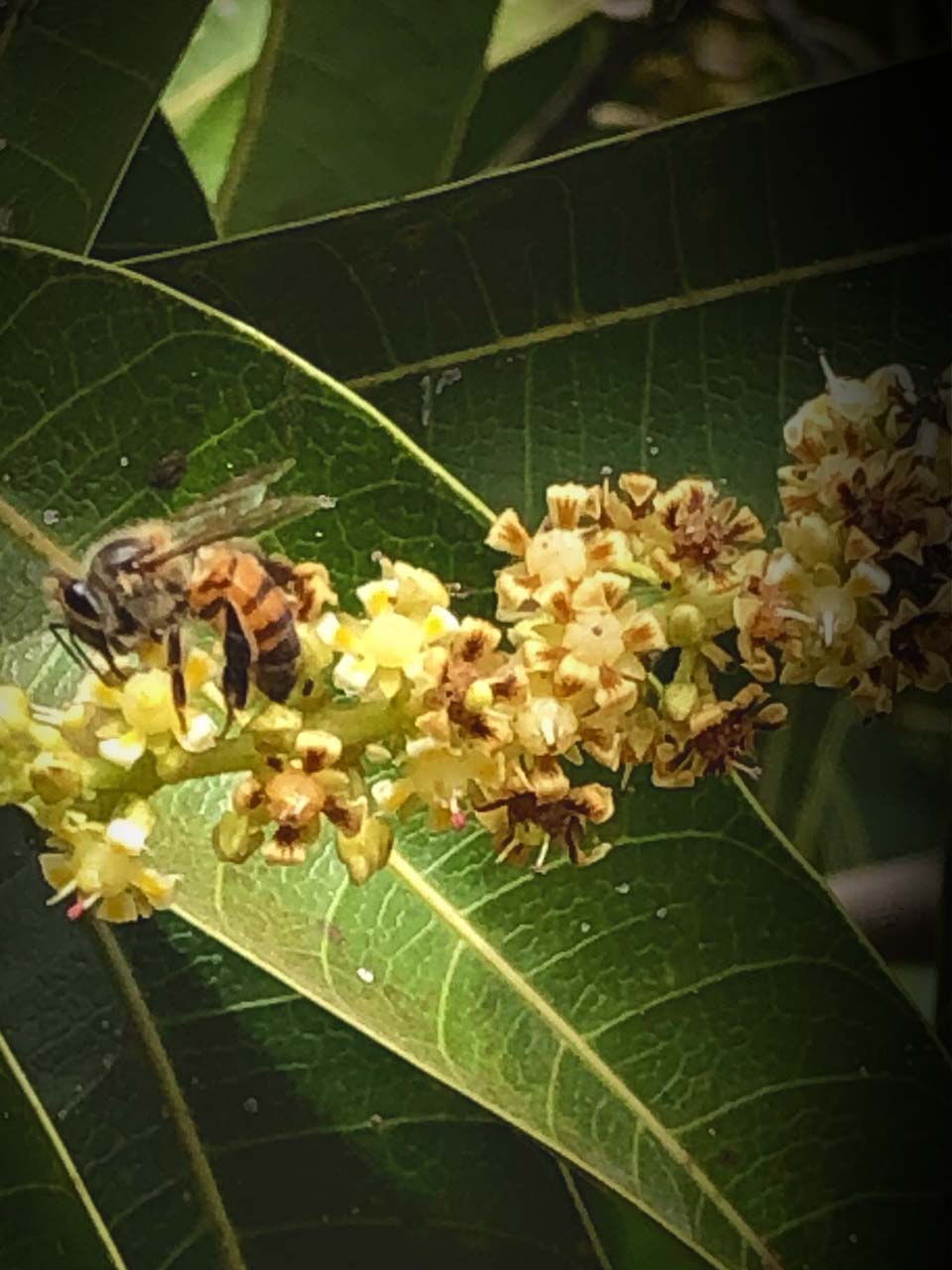
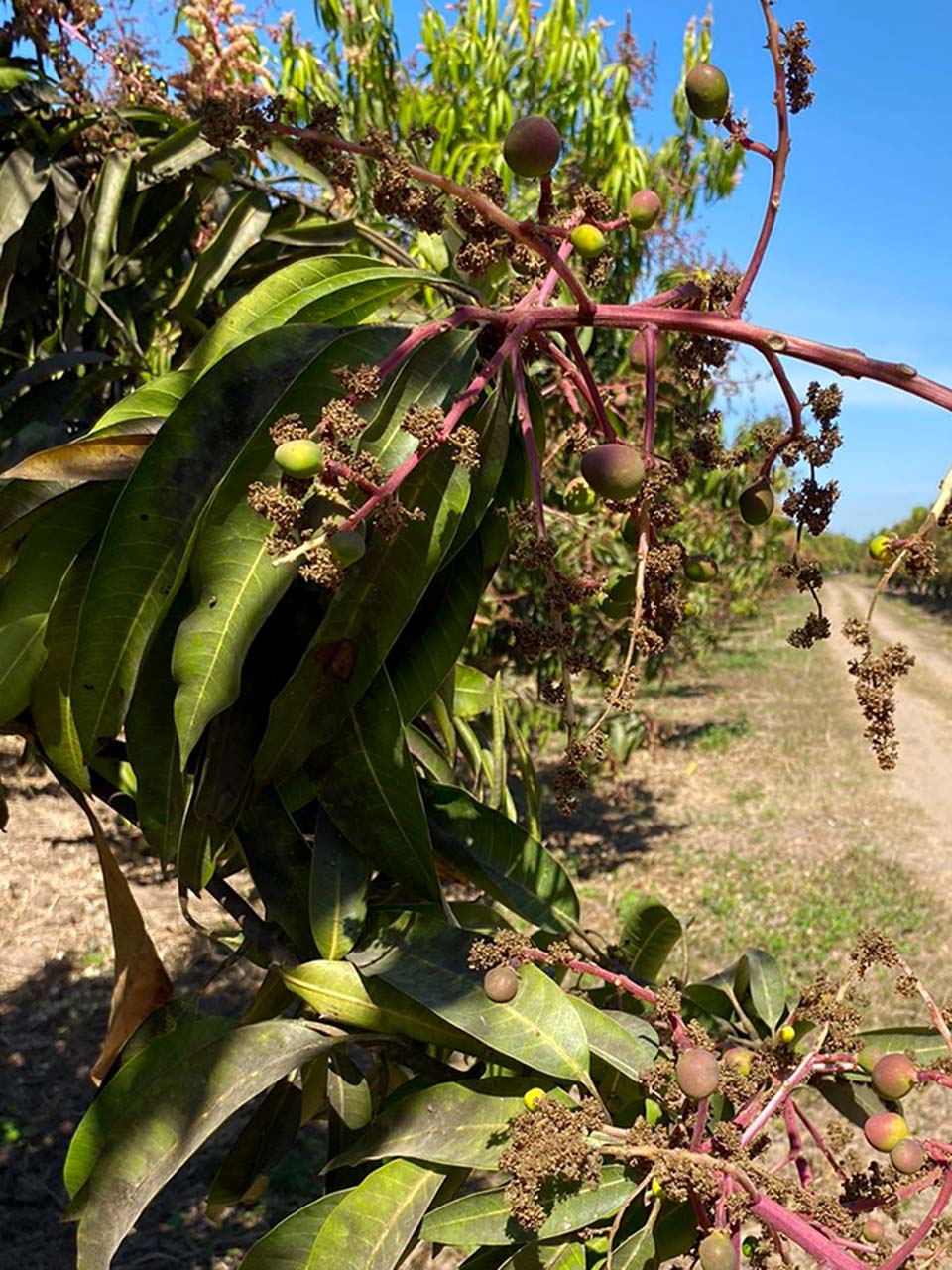
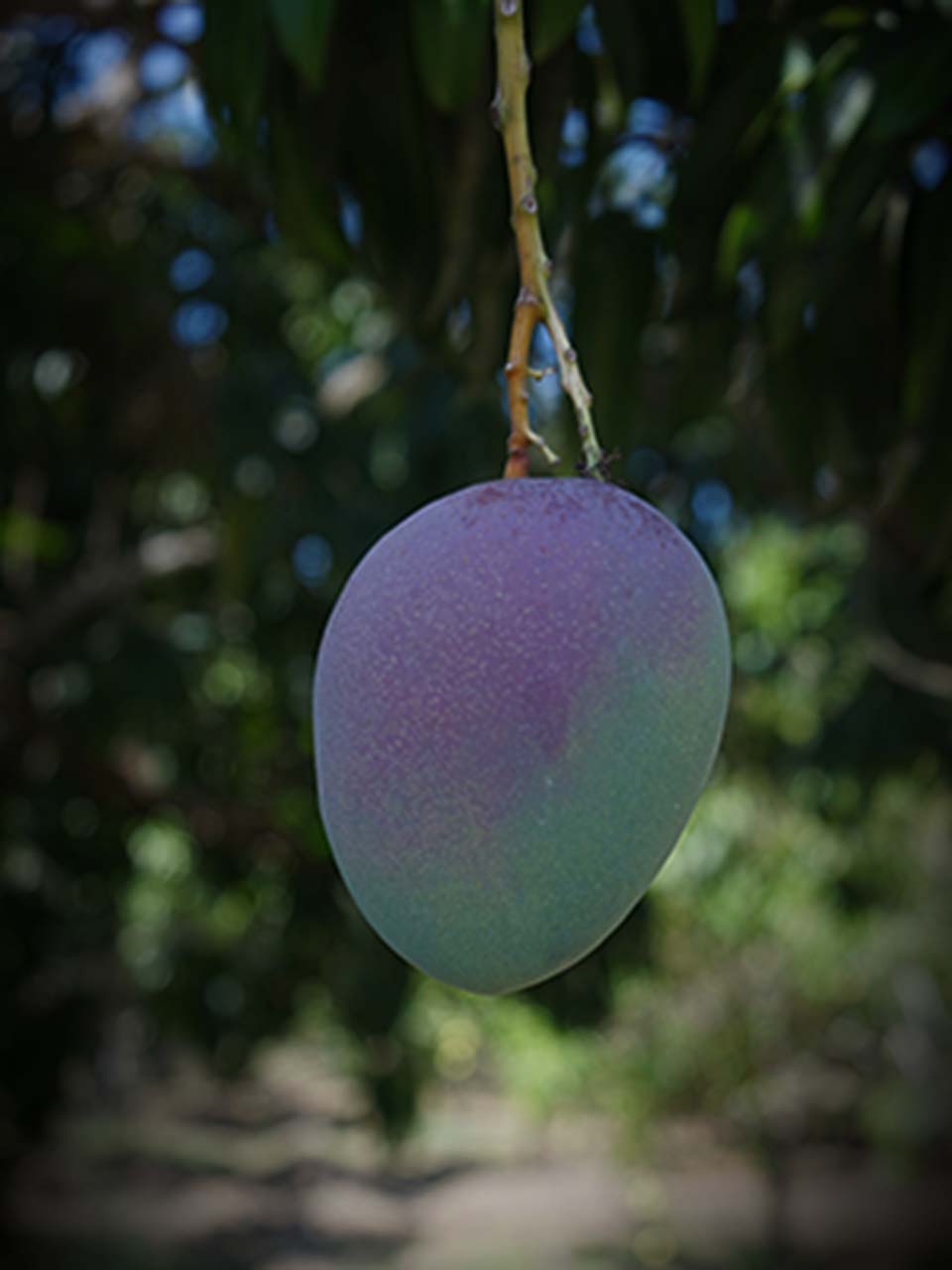
[…] are blooming, which means that, at this moment, the entire country of Mexico is experiencing mango blooms—WOW. In every part of Mexico mango trees are in flower. That alone brings a sense of hope. I love the […]